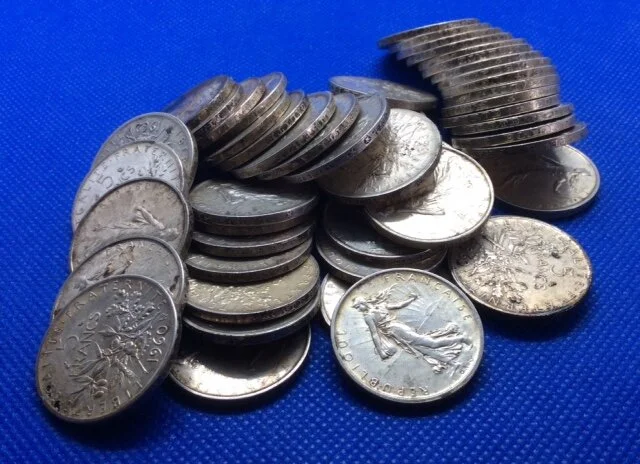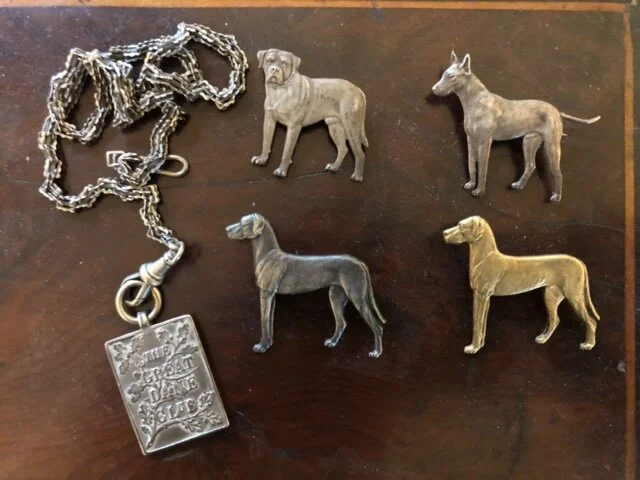We English do have a troubled historical past, which most certainly needs rethinking and rewriting……and here’s a very rare coin which sits uncomfortably in our colonial story.
The piece itself turned up in a mixed tin of world coins, dead woodlice, sewing pins, a child’s tooth and cake crumbs. It’s sometimes a mucky business being a coin dealer!
It’s a 1941 copper one cent, with an H mintmark to show it was minted at Heaton in Birmingham. Three million were made but, due to the ending of Sarawak as an independent state, they were immediately melted down.
However, around 50 are known to exist; making it very rare but probably ‘only’ worth about £300. (British or American coins with a mintage that low would be worth in the tens or even hundreds of thousands of pounds.)
Historically, Sir James Brooke was gifted the state of Sarawak in Borneo in 1841 after helping the Sultan by crushing a rebellion and then hounding down sea pirates around the island in order to make trade with the mainland easier.
He became known as the Rajah of Sarawak, and was nicknamed The White Rajah, as were two further relatives who inherited the title (including Charles as pictured on this coin).
The state was ceded back to the Malaysia in the late forties, and all three Rajahs are buried in Sheepstor village church on Dartmoor.










































